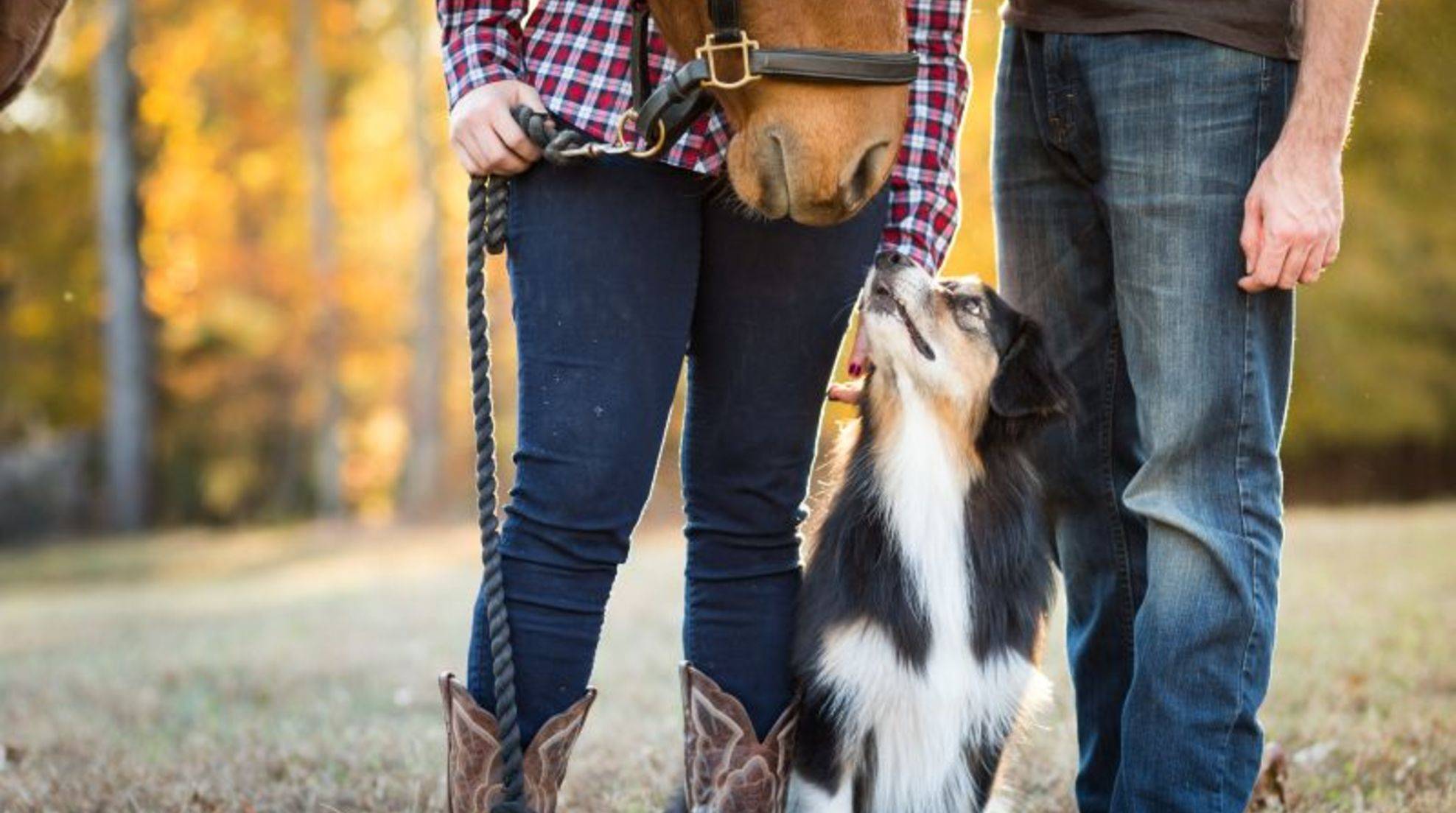Four vital commands for your dog
You and the four-legged friend should be fine when you live with a dog. For this, your pelt-nose must listen to your commands. On the one hand, this is important so that living together with other people and animals goes smoothly and there are no constant problems. The other reason for a good education will be even more critical in certain situations: These four commands can save your dog’s life.
As with humans, the same is true for your dog: the scenarios are endless that could be responsible for causing an injury or worse. In the case of your four-legged friend, the onus is on you to ensure that your companion is always protected in the best possible way. Proper training is the most crucial point that minimizes the risk of something terrible happening to your dog. Your dog must always be able to respond to your command in a dangerous situation. Making sure that this works reliably is your job. The following four commands should be mastered by your dog without any ifs and buts so that he is safe on the road with you.
1. “Sit,” “Down,” or “Down
“Sit,” “Down,” or “Down”: sit or lay down until I tell you that you can get up again. This classic dog command has an immense safety aspect. A dog that, regardless of distance from you, brings its body to the ground on this command and remains in that position will not get into many potential dangers in the first place. Search and rescue dogs, for example, are trained to listen to this command even when they are moving at full speed toward someone they are saving.
The reason here is apparent: hazards of the terrain in question are avoided, and the handler must safely reach the dog at all times and under all conditions. The scenarios in your everyday life may seem a lot more mundane but could be at least as dangerous. For example, you see your dog running toward an approaching car. Depending on the situation and timing, your dog would be in even more danger if you called him to you. Bringing him to a stop and making him sit or lie down will protect your companion.
2. “Off
“Off”:
- Drop what is in your muzzle immediately.
- Turn away from what you are busy with.
- Don’t even pick this up.
It can’t be helped: Dogs always manage to get your muzzle and biters on anything in a matter of seconds. So far, no problem; finally, the quadruped checks out its environment and details. But many things in this world are anything but good for your furry nose. Whether it’s medicines intended for humans, chicken bones, dangerous household objects, or poisoned bait, your dog is in grave danger if he chews up or swallows certain things.
A well-trained dog will drop everything when they give the “off” command. In addition, this command has a preventative function. Depending on the situation, you will see much earlier than your four-legged friend that something is unsuitable for him. Your “off” will make him turn his attention away from the object in question, and he will not even take the object of his curiosity into his muzzle.
3. “Stop
“Stop”: stop immediately and don’t go any further until I tell you to. Similar to the “Sit,” “Down,” or “Down” command, stopping in one motion and reliably standing still creates excellent additional security. At the same time, unlike the classic, the order is also suitable in a variable, rapidly changing situations.
The dog can quickly resolve its stop on your command and not have to break off a fixed rest position such as sitting or lying down. This is an important command, especially in road traffic, which flexibly protects your dog from danger, for example, on busy roads. In nature, too, situations are conceivable in which a “stop” at the right moment can avert risks.
4. “Come
“Come”: run to me as soon as I call you. In our world, dogs get themselves into trouble now and then with their energy. Once their curiosity is aroused, they don’t worry about imminent dangers but step on the gas to reach the object of their desire. Your reliable command to call your four-legged friend to you can make all the difference. You will not always be able to foresee whether a danger such as a car is lurking for your pelt-nose. But if your dog is already on the move and you notice the risk, a simple “come” could save his life.
Translated with www.DeepL.com/Translator (free version)








